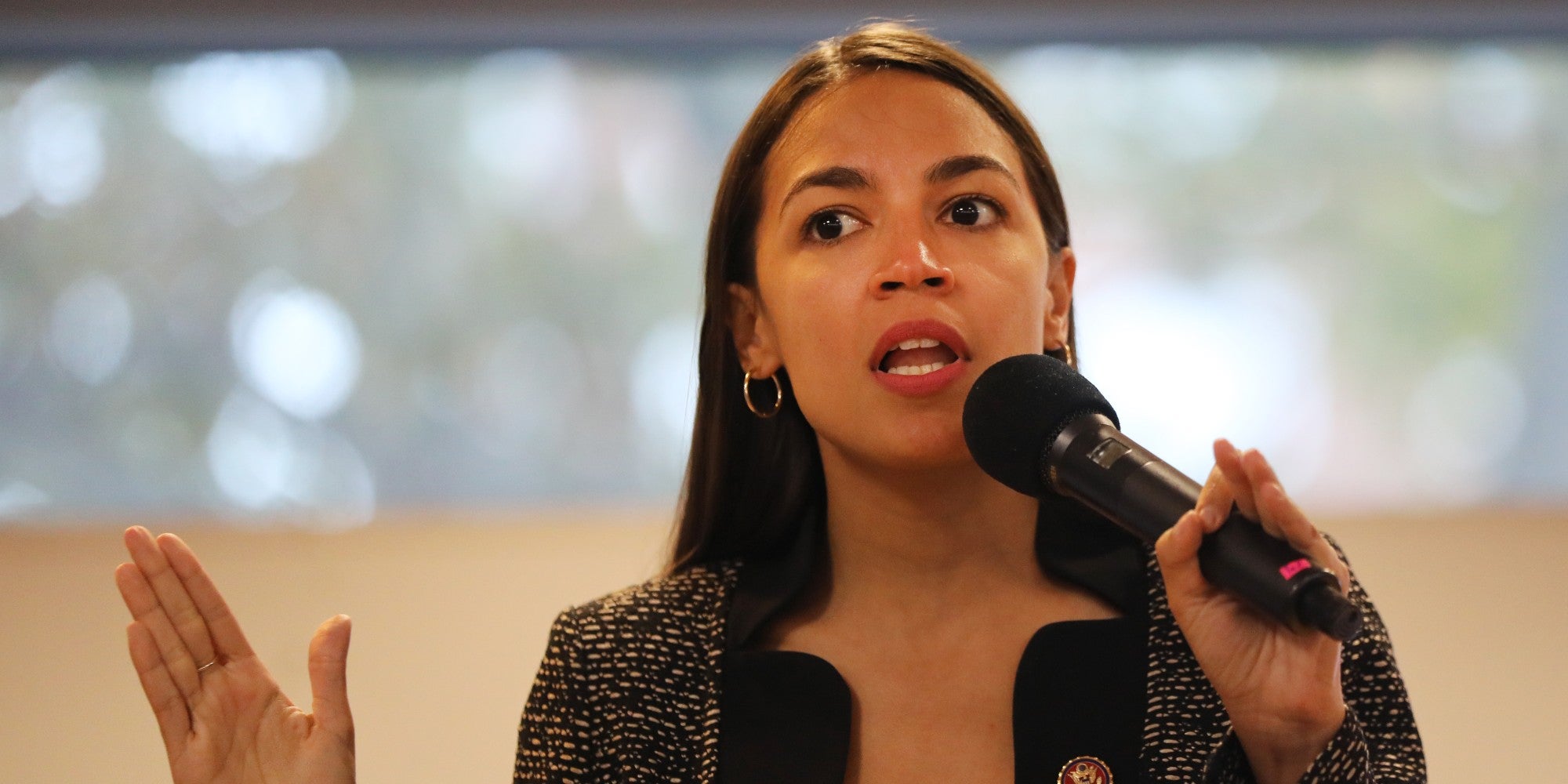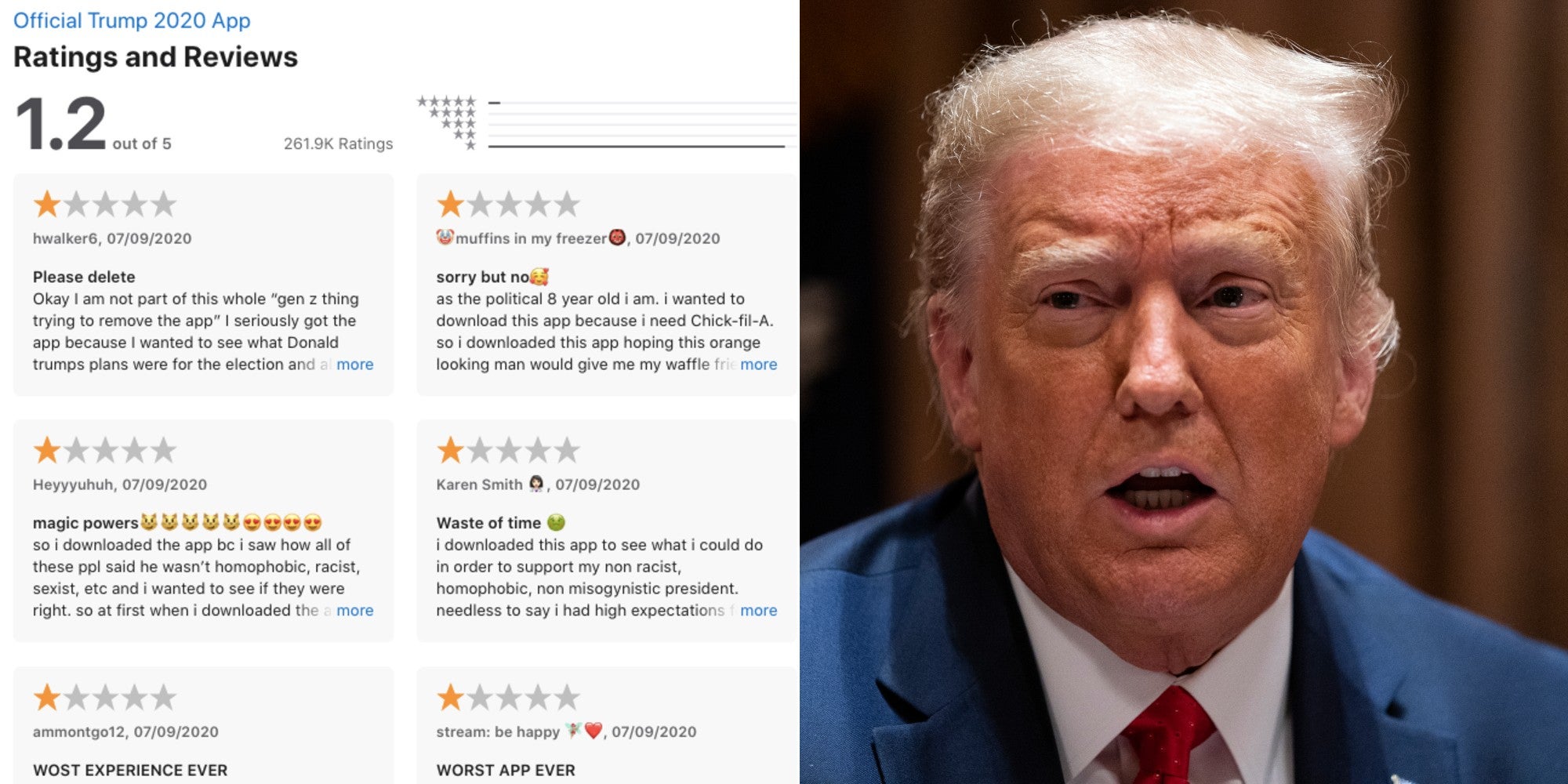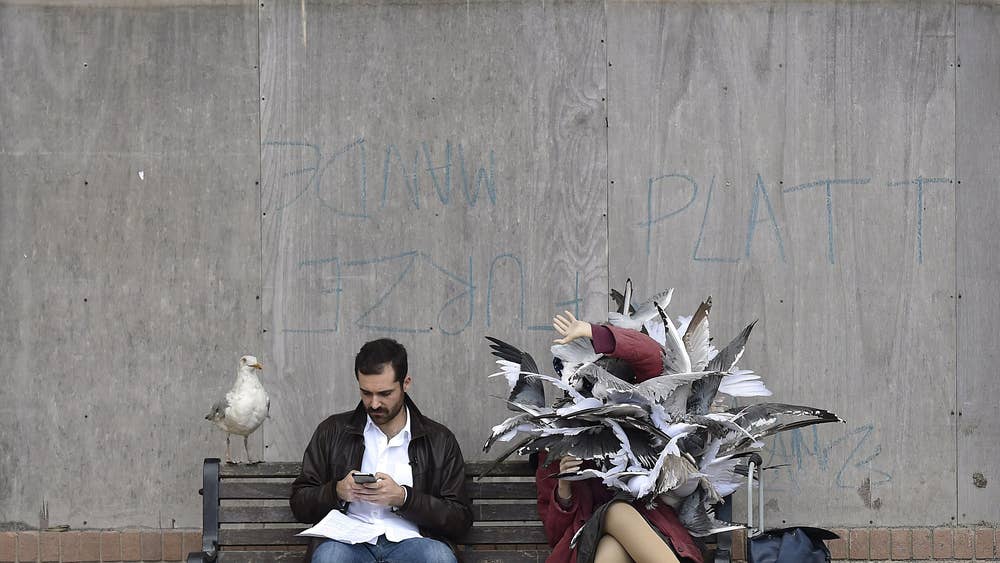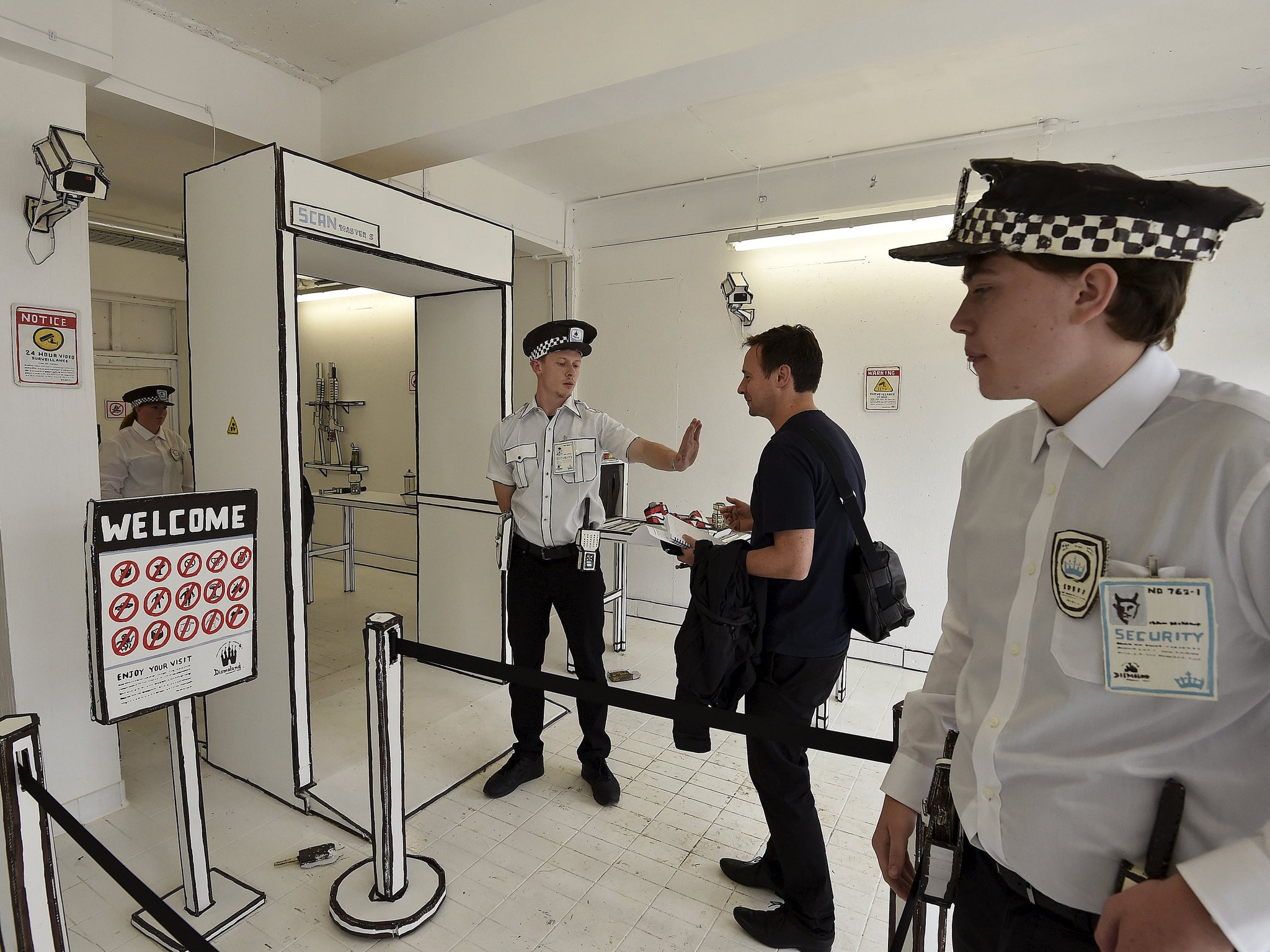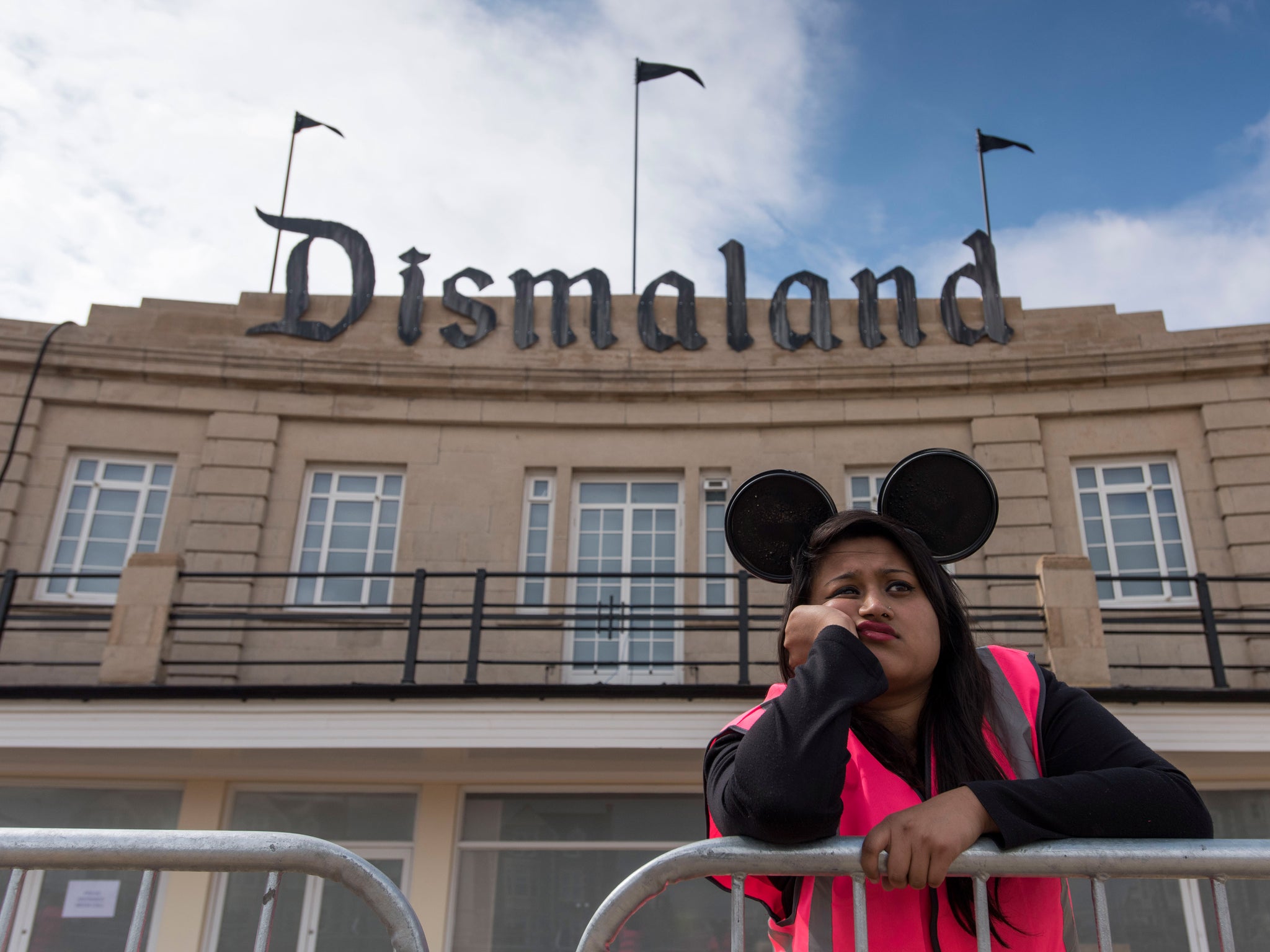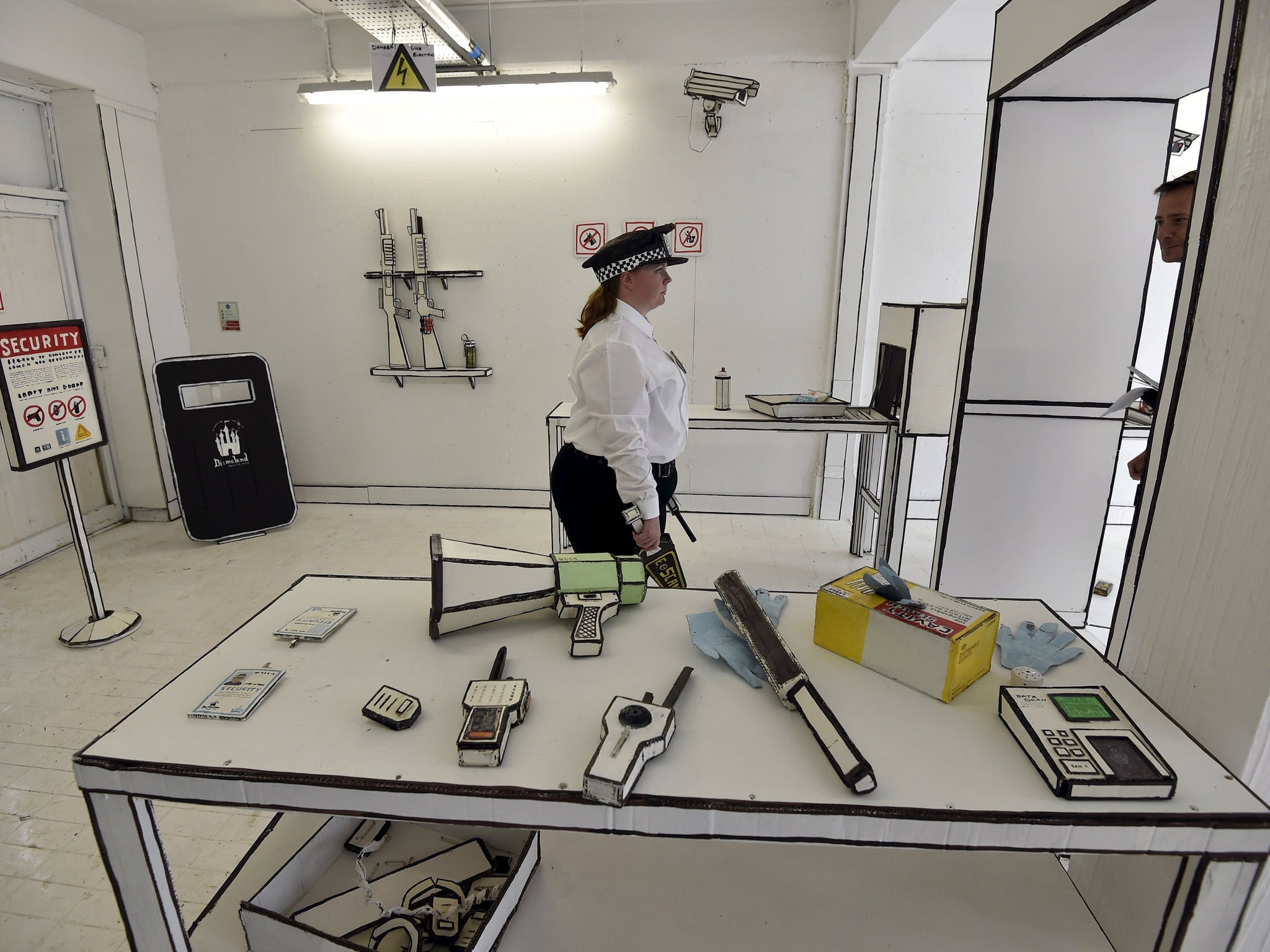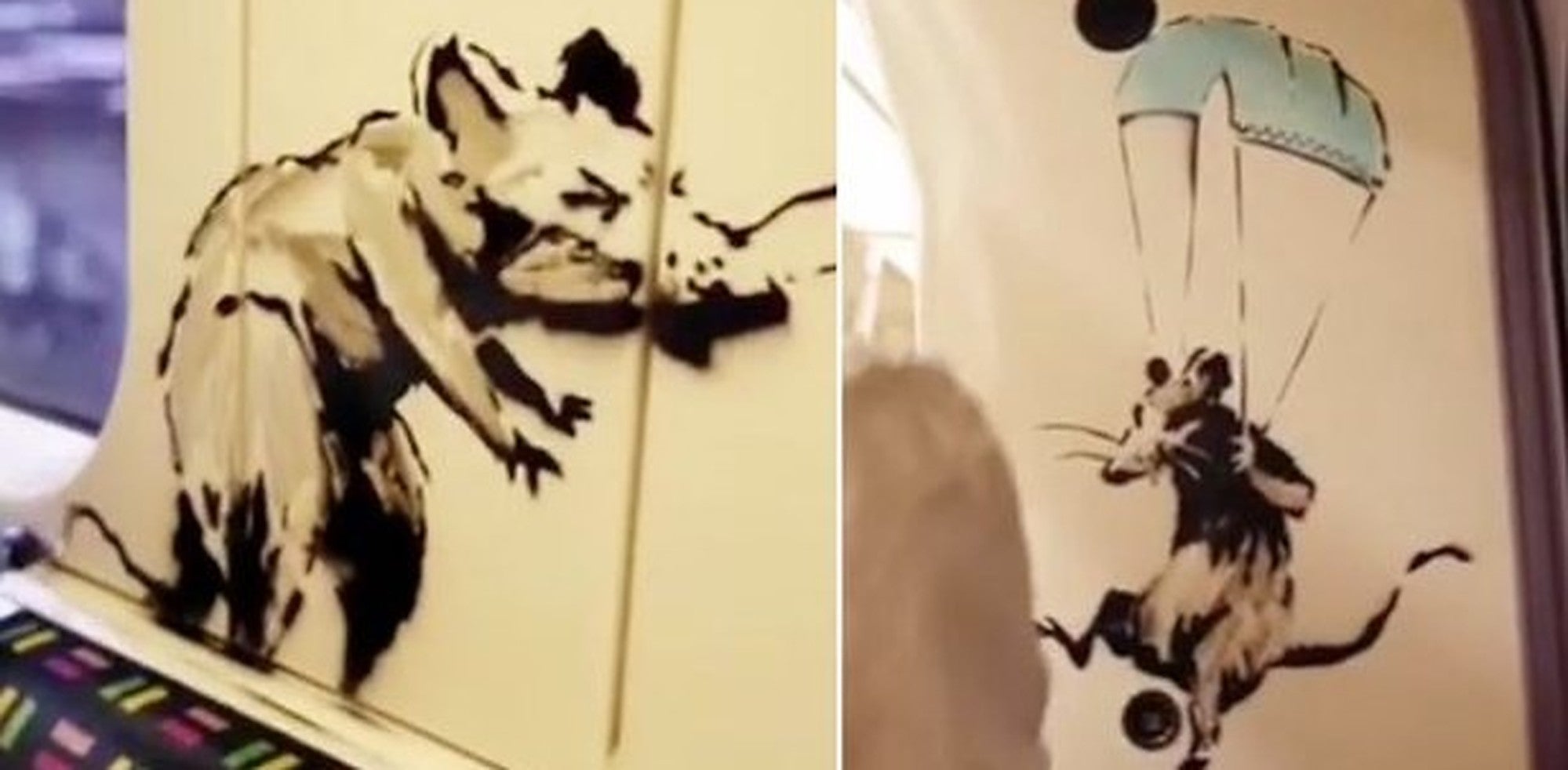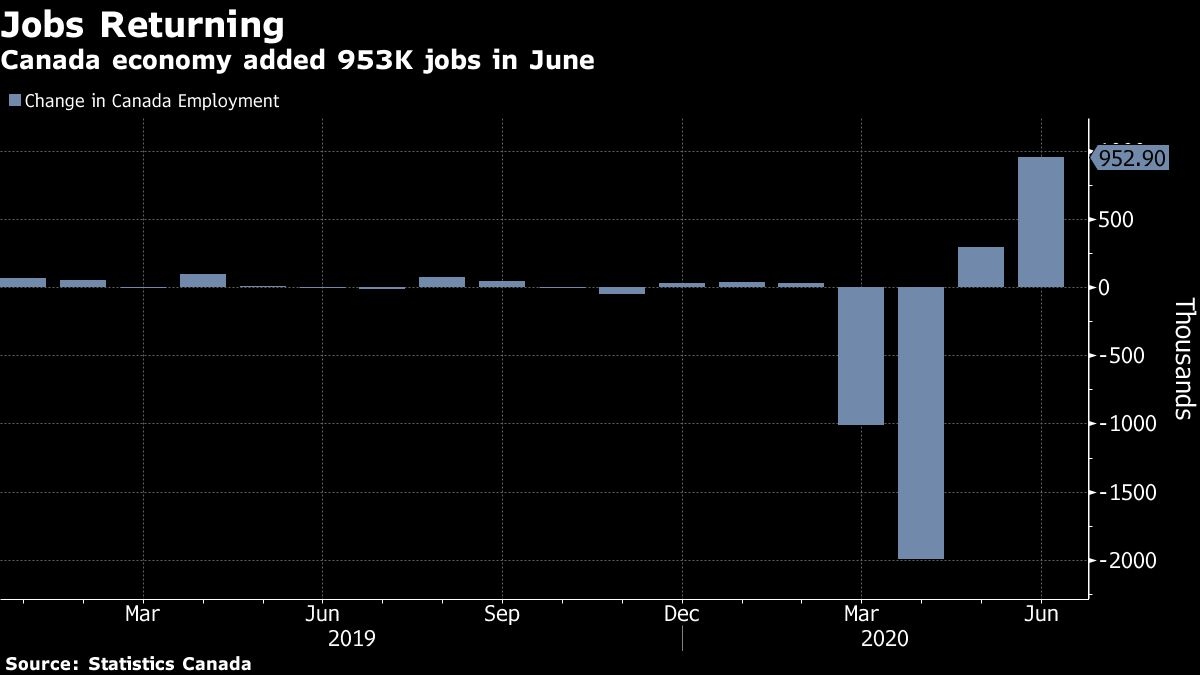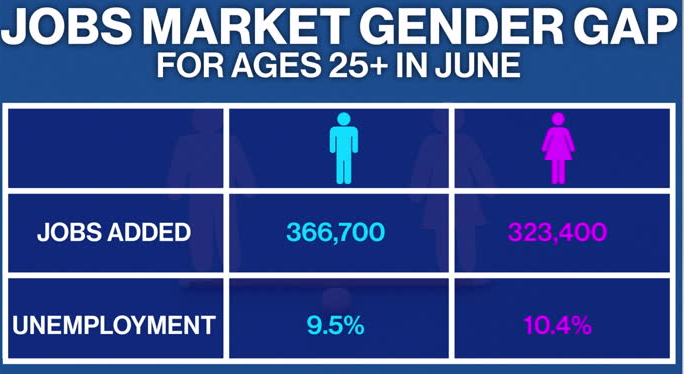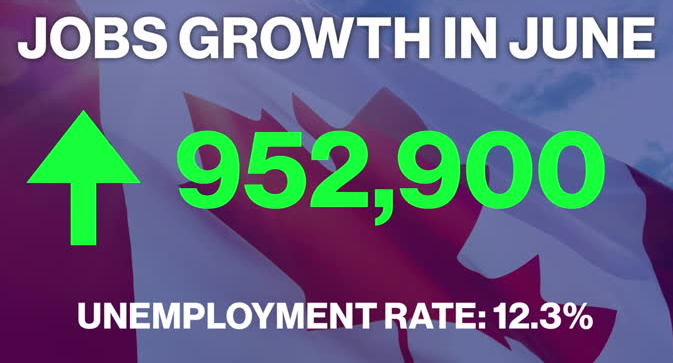Bank of Canada says full recovery from virus will take two years
Theophilos Argitis, Bloomberg News
The Bank of Canada anticipates the nation’s economy will need two years to fully recover from what it calls the “steepest and deepest” downturn since the Great Depression.
In its most extensive set of forecasts since January, the central bank acknowledged the initial rebound from COVID-19 lockdowns has been strong. But it also painted a picture of a slow return to pre-pandemic levels of activity, persistent excess capacity, muted price pressures and plenty of uncertainty. Consumers are expected to remain cautious and business investment weak.
“The Bank of Canada expects a sharp rebound in economic activity in the reopening phase of the recovery, followed by a more prolonged recuperation phase, which will be uneven across regions and sectors,” the central bank said Wednesday in a quarterly Monetary Policy Report. “As a result, Canada’s economic output will likely take some time to return to its pre-COVID-19 level. Many workers and businesses can expect to face an extended period of difficulty.”
A separate policy statement is being released concurrently at 10 a.m. in Ottawa. The MPR didn’t provide any forward looking statements, other than to reiterate the bank’s commitment to continue buying at least $5 billion of Canadian government bonds each week until the recovery is “well underway.” It also said markets are generally interpreting its quantitative easing as a signal “rates will likely be at the lower bound for an extended period of time.”
Policy makers led by Governor Tiff Macklem estimated lockdowns meant to contain the spread of coronavirus lowered Canada’s gross domestic product by 15 per cent in the second quarter, versus the end of last year -- creating a significant amount of excess slack in the economy that’s expected to persist over the projection horizon.
While 40 per cent of output losses are expected to be made up in the third quarter, that quick rebound will be followed by a slower recuperation phase. The economy isn’t projected to return to pre-crisis levels until some time in 2022, according to the report. The central bank is also estimating there will be scarring effects from the pandemic that will leave “potential output” permanently below what had been forecast at the beginning of the year.
The projections of a gradual recovery provide more than enough justification for loose monetary conditions. The crisis has taken the Bank of Canada into uncharted waters, forcing it to cut the benchmark rate to near zero, injecting hundreds of billions in cash into financial markets and undertaking the first-ever foray into large-scale asset purchases.
Policy makers have also lowered their estimate of the “neutral rate” rate to 2.5 per cent, which suggests the bank’s current policy rate of 0.25 per cent is less accommodative than it originally thought.
Other Highlights
The report provides a “central scenario” for the economy rather than the usual economic projection. Key assumptions include no broad-based second wave of the virus with the pandemic largely running its course by mid-2022
The central bank anticipates a 7.8 per cent drop in output this year, followed by a 5.1 per cent rebound in 2021 and growth of 3.7 per cent in 2022. It expects inflation to average 0.6 per cent in 2020, 1.2 per cent in 2021 and 1.7 per cent in 2022. The Bank of Canada
expects fourth-quarter GDP this year will still be 6.8 per cent below year-earlier levels
The Bank of Canada estimates that total supply was about nine per centl ower in the second quarter of 2020 than in the fourth quarter of 2019, versus a drop of about 15 per cent for real GDP. “This would imply a gap between demand and supply of roughly 6 to 7 per cent in the second quarter”
“Overall, the economy has thus far avoided the most severe scenarios presented in the April report, but considerable economic slack remains”
The Bank of Canada puts some estimates to permanent effects on the crisis. The level of potential output by 2022 in the central scenario is almost four per cent lower than in the January monetary policy report
The protracted and gradual recovery reflects “persistent effects of ongoing physical distancing measures, a slow rebound in foreign demand and subdued confidence on the part of households and firms resulting from elevated uncertainty about both the pandemic and the pace of the recovery”
Supply initially recovers in line with the easing of containment measures, while demand benefits only gradually. “Eventually foreign and domestic demand increase faster than supply, absorbing excess capacity” closing the gap
Household caution persists through the forecast horizon, with the savings rate expected to remain higher than in recent years
Business investment isn’t expected to return to pre-pandemic levels through 2022
--With assistance from Erik Hertzberg.
